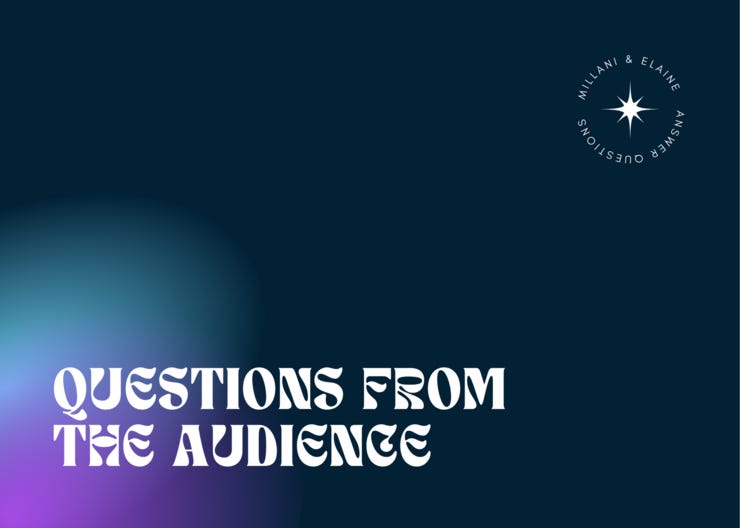Voice This! #3 How do we market voice tech?
Everybody (Voice This! is Back)
This week we're writing to you all from the very specific headspace of having watched the new Addison Rae commercial for probably the hundredth time in the past month. Addison Rae, TikTok star and current celebrity on-the-rise, starred recently in a Samsung commercial to demonstrate how Google Assistant is now available across Samsung devices. All things Bixby aside, what really captured our eye was how we tend to communicate voice products to a general audience.
What's fun about voice tech or Big Voice Assistant ads is that they can more accurately be described as instruction manual skits. When you see a commercial for a new smart fridge or hybrid car, they don't tell you how to use them. You rarely see anyone showing you a step-by-step interaction of how to turn on the ice maker function on a fridge, but we see it in voice (tech) ads. As much as we argue that speaking is natural, speaking to technology isn't. We still need to teach customers how to use these devices.
The big question becomes: how much is too much and how little is too little? How many utterances per commercial can a potential user remember? Which features get prioritized to be showcased in an ad? Do you ever need to come out and state your assistant's branding- or is that something that gets built over time (think Alexa with their humorous approach)? Which updates or feature releases are significant enough to get a lot of advertising attention?
Food for thought. VTP doesn't have all the answers, but maybe these are questions we all should be trying to answer, including those of us who don't work in marketing!
⋆⁺₊⋆ Bonus: BTS of the Addison Rae dinner party shoot, if you're nosy like us.
Podcast Plug
Shoutout once again to our fearless podcast host, Millani Jayasingkam for breathing life to our Voice This! Podcast. Without you, all of this educational content wouldn't exist!
Sometimes it's easy to get sucked into the hype of working in such an innovative field as Conversational AI, but we should always remember who we're designing for! This wisdom was shared to us by our podcast guest, Brooke Hawkins.
She shares this detail:
"[It's important to] reconnect with how [our products] affect real people and how real people are perceiving these technologies. [...] This makes me more compassionate about the research process and about bringing in more diverse voice and perspectives because we're designing these things that impact so many more people than are in those rooms where we're designing."
Make sure to listen to this episode if you haven't already!
Reading Corner
This week's reading corner is a tad short, but only because we've been super swamped with work and already have to do a ton of reading, haha oops.
(Not a read, a Do) Try out the Alexa Skills challenge! CxD design competitions are always in short supply, so this is amazing: https://alexaskillsaging.devpost.com/.
Dr. Catherine Breslin on the evolution of AI: "Language evolves all the time as new events take place. Keeping up-to-date is a challenge," at: Machine Learning, Artificial Intelligence (AI) and Cyber-risk.
Audience Q&A
This is the part of our newsletter created by you! Every issue a lucky listener will be able to get their question featured and answered by Millani and Elaine.
This week’s question is asking us why we chose CxD as a career path:
“What influenced your decision in choosing the conversation design space?"
Millani: People say if you do what you love, it doesn't feel like work. Well, I love talking. I also love designing. What does that spell? Conversation Design. I'm kidding (not really). Here's the full story of how I got here.
Elaine: The TL;DR is I thought it was cool and I thought I would be good at it, so I went for it. I suppose the longer answer would be because I know what it's like when 2 parties are on different wavelengths but I'm forced to let that miscommunication escalate simply because I was trained to be the emotionally uninvolved party in the room. As a language interpreter, I felt powerless. As a conversation designer, I *get* to control those variables and try to lead the conversation to success with all my best effort. It's fun and, at the same time, I feel like I'm making a difference.
Thanks for reading this!
If you want your question answered in the next edition of our newsletter, please email us at voicethispod@gmail.com or send us a question through our IG Story. We’ll have an open Q&A on our Instagram every week on Thursdays. Okay, maybe it's more like late Thursday/early Friday, but we still do it weekly!
Slay.








